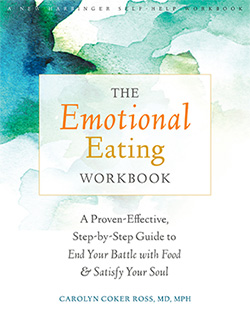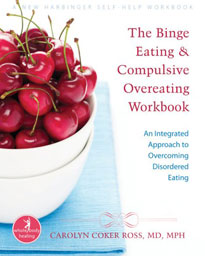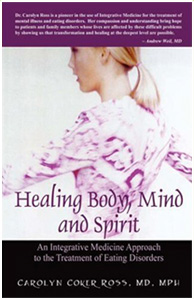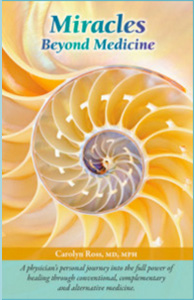Sarah clutched her phone with trembling hands, staring at the treatment center’s number she’d called three times but never finished dialing. Her two-year-old daughter played quietly in the corner, unaware that her mother was drowning in addiction while trying to keep their world from falling apart. Sarah wanted help desperately, but the voice in her head whispered what society had taught her: “Good mothers don’t have substance use disorders. Good mothers don’t need help.”
This scene plays out thousands of times every day across our communities. Behind every statistic about women’s addiction treatment lies a story of courage battling shame, hope wrestling with fear, and recovery interrupted by barriers that our healthcare system has yet to fully address.
The Hidden Crisis of Substance Use Disorder in Women
Substance use disorder in women presents unique challenges that demand urgent attention. While SUD affects both genders, women face distinct obstacles that make their path to recovery significantly more complex. They carry the weight of societal judgment that men rarely experience—labeled as “bad mothers” or “morally corrupt” simply for struggling with the disease of addiction that affects 20 million people.
The statistics paint a sobering picture. Multiple studies report that as many as 80% of women seeking treatment for substance use disorders report a lifetime history of sexual assault, physical assault, or both12. Some sources cite a range as broad as 55% to 99%, depending on the population and methodology.
Women are also more likely to experience rapid progression from first use to dependence, a phenomenon researchers call “telescoping.” Yet despite these vulnerabilities, women in recovery often face treatment systems designed primarily with men in mind.
Understanding the Barriers: More Than Just Logistics
When we talk about overcoming treatment barriers for women, we’re not just discussing scheduling conflicts or transportation issues—though these matter enormously. We’re addressing fundamental societal structures that create impossible choices.
Women with SUD may experience transportation issues, problems with finding childcare and fears of losing their job. The fear of losing custody of their children can keep them up at night as does the fear of what will happen if she can’t get the help she needs to stop drinking or using.
A woman struggling with SUD may be isolated from family, financially dependent, and terrified that seeking help will cost her everything she’s trying to protect. These aren’t excuses—they’re the harsh realities that make treatment engagement strategies for women fundamentally different from traditional approaches.
The barriers women face operate on multiple levels:
✅ Personal barriers include shame, guilt, and the crushing weight of perfectionism that tells women they should be able to handle everything alone. Many women postpone treatment because they believe others’ needs must come first—a mindset that can prove fatal.
✅ Social barriers encompass the stigma that hits women harder than men, the lack of support systems, and relationships that may actually discourage recovery. Women often share social networks where substance use is normalized, making it harder to envision a life without drugs or alcohol.
✅ Structural barriers in our treatment systems create the most frustrating obstacles. Only 8% of treatment facilities provide childcare, despite the fact that being responsible for dependent children is the number one barrier to women entering treatment. This isn’t just an oversight—it’s a systemic failure that costs lives.
The Promise of Gender-Specific Addiction Programs
Gender-specific addiction programs aren’t just politically correct additions to treatment offerings—they’re clinically necessary interventions that save lives. When we create women-centered care, we acknowledge that addiction in women often stems from different causes, progresses differently, and requires different solutions.
These programs recognize that many women need to process trauma as part of their recovery journey. They understand that a woman’s relationship with substances might be intertwined with domestic violence, sexual assault, or years of self-medicating depression and anxiety. They create safe spaces where women can explore these connections without judgment or shame.
Gender specific addiction treatment can help women feel safer to share their experiences, more connected to their peers, and better able to focus on recovery without the complex dynamics that can arise in mixed-gender settings.
Women-centered care also means addressing the whole person, not just the addiction. It includes parenting classes for mothers desperate to break generational cycles of trauma. It provides job training for women whose addiction cost them their careers. It offers trauma therapy for those whose substance use began as a survival mechanism.
Innovative Treatment Engagement Strategies That Work
Effective treatment engagement strategies for women require creativity, flexibility, and a deep understanding of the competing priorities in women’s lives. Progressive treatment centers are pioneering approaches that meet women where they are, rather than demanding they abandon everything to fit into traditional treatment models.
Mobile treatment services bring care directly to women’s communities, eliminating transportation barriers and reducing the stigma of walking into a treatment facility. Imagine a mother receiving counseling while her children play safely nearby, or a woman getting medication-assisted treatment during her lunch break.
Flexible scheduling acknowledges that women’s lives don’t stop for treatment. Evening and weekend programs allow working mothers to maintain employment while getting help. Some facilities offer “intensive bursts”—concentrated treatment periods that work around school schedules and family obligations.
Comprehensive case management addresses the web of challenges women face simultaneously. Rather than treating addiction in isolation, these programs help women secure housing, navigate legal issues, access childcare, and build support networks—all while maintaining their recovery focus.
Peer support programs connect women with others who understand their unique challenges. There’s profound healing in hearing another mother say, “I was terrified of losing my children too, and here’s how I got through it.”
The Ripple Effect: Why Women’s Recovery Transforms Communities
When we successfully engage women in treatment, we’re not just helping individuals—we’re strengthening families and communities. Children of mothers in recovery are significantly less likely to develop substance use disorders themselves. Families reunite. Cycles of trauma that might have continued for generations come to an end.
Research consistently shows that women in recovery who receive gender-specific care have abstinence rates of 68-71% when treatment duration exceeds six months. But the impact extends far beyond these numbers. These women become advocates, mentors, and living proof that recovery is possible even when the odds seem impossible.
A Call to Action: Building Bridges, Not Barriers
Every woman struggling with addiction represents someone’s daughter, mother, sister, or best friend and deserves gender specific care.
The solutions exist. We know what works. The question is whether we have the will to implement women’s addiction treatment approaches that honor the complexity of women’s lives and the courage it takes to seek help.
What stories of resilience have you witnessed in women seeking recovery? How can we better support the women in our communities who are fighting this battle? Share your thoughts and experiences—together, we can ensure that no woman has to choose between getting help and protecting what matters most to her.
#WomensAddictionTreatment #GenderSpecificCare #SubstanceUseDisorder #WomenInRecovery #TreatmentEngagement #WomenCenteredCare #OvercomingBarriers #AddictionRecovery #HealthcareEquity #TraumaInformedCare









